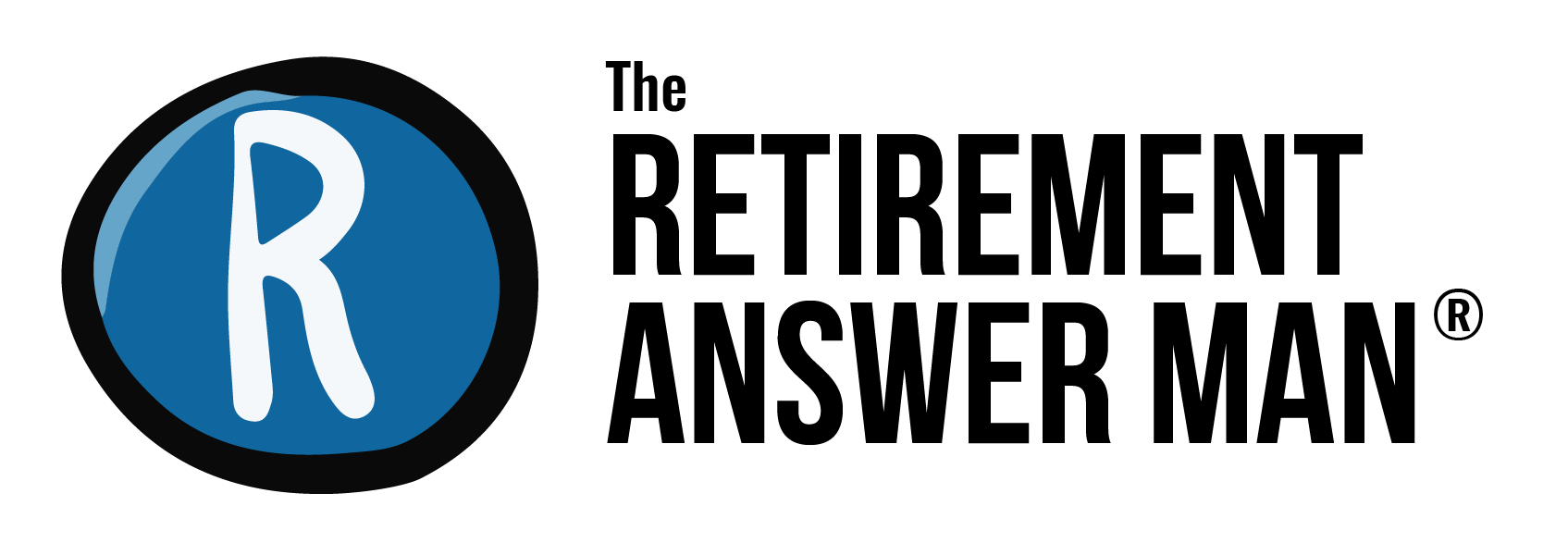#402 - Retirement Tax Management: The Tax Toolbox
Are you worried that you won’t be able to live the life of your dreams in retirement? This is one of the main issues facing many people on the cusp of retirement. That’s why I created the Retirement Answer Man Show. I want to help you find the confidence to truly rock retirement.
One way that you can become more confident in your retirement plan is by utilizing the tax planning tools that are available to you. Andy Panko from Tenon Financial is here to help you identify all the tools available in your tax toolbox. Press play to open up your tax toolbox and see what is inside.
“One way that you can become more confident in your retirement plan is by utilizing the tax planning tools that are available to you.”
Opening your tax toolbox
Before you can pick up a tool from the tax toolbox you must start with a broad understanding of your tax situation both now and in the future. This means that you’ll have to do some educated guessing to figure out what your future tax situation will be.
Projecting your tax situation out 10 or 20 years down the road won’t be an exact science, so don’t try to make it so. More accuracy doesn’t mean more precision in future tax planning; there are too many factors at play.
Simply because your tax situation won’t be exactly the way that you estimate it to be doesn’t mean that you shouldn’t take the time to map it out. You must take this step to get the framework you need to make educated decisions. This framework will be your basis for making practical decisions.
“More accuracy doesn’t mean more precision in future tax planning; there are too many factors at play.”
4 useful tools in your tax planning toolbox
Fill up your tax brackets. If you retire before you start taking Social Security you may find yourself in an unusual situation. You may not have any income and therefore you won’t have a tax bill! Rather than marveling at this newfound freedom from the taxman, you may actually want to realize enough income to stay within the 12% tax bracket. By paying a bit in taxes now you could be utilizing an opportunity to lower your lifetime tax bill. Remember that those tax-deferred accounts are sitting there waiting for you to pay taxes on them when you reach age 72.
Do Roth conversions. While you’re filling up the lower tax brackets you can convert your tax-deferred assets to Roth. The money will continue to grow, but you’ll be able to rest easy knowing that the taxes have already been paid. By performing Roth conversions you'll ensure that you won’t have all of your assets in tax-deferred accounts waiting for your RMDs. By converting some of your assets into Roth you’ll provide yourself with more flexibility, control, and optionality.
Tax-loss and gains harvesting. Tax-loss and gain harvesting is a little-utilized tool that applies to brokerage accounts when you sell a position and realize a gain or a loss. You can use these gains and losses strategically to optimize your tax situation. Listen in to hear how this tool could work for you.
Qualified charitable donation. If you are charitably minded QCDs are a great way to give to your favorite charity and save money on taxes at the same time. The trick with QCDs is that they must transfer directly from the IRA custodian to the charity.
In retirement, tax planning isn’t the same as in your working years. You need to plan ahead so that you can optimize your lifetime tax bill.
Next week you’ll learn how to incorporate all of these tools into your retirement plan so that you can avoid those tax bombs. Don’t miss that episode so that you can build a retirement plan that will give you the confidence to rock retirement.
“In retirement, tax planning isn’t the same as in your working years. You need to plan ahead so that you can optimize your lifetime tax bill.”
OUTLINE OF THIS EPISODE OF THE RETIREMENT ANSWER MAN
PRACTICAL PLANNING SEGMENT
[1:30] Financial planning should be a collaborative process
[7:25] Opening your tax toolbox
[13:29] Filling up your tax brackets should be your first tool
[21:44] Roth conversions
[29:39] Tax-loss and gains harvesting
[39:36] Qualified charitable donation
TODAY’S SMART SPRINT SEGMENT
[42:03] Map out your future income and build a net worth statement
Resources Mentioned In This Episode
Roger’s YouTube Channel - Roger That
BOOK - Rock Retirement by Roger Whitney
Roger’s Retirement Learning Center
TWEETS YOU CAN USE TO SPREAD THE WORD
“Before you can pick up a tool from the tax toolbox you must start with a broad understanding of your tax situation both now and in the future.”
